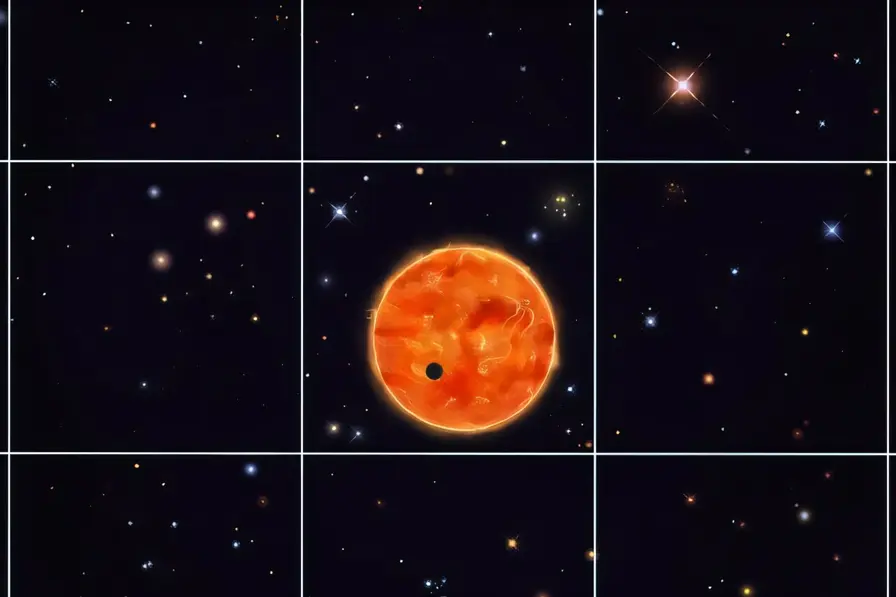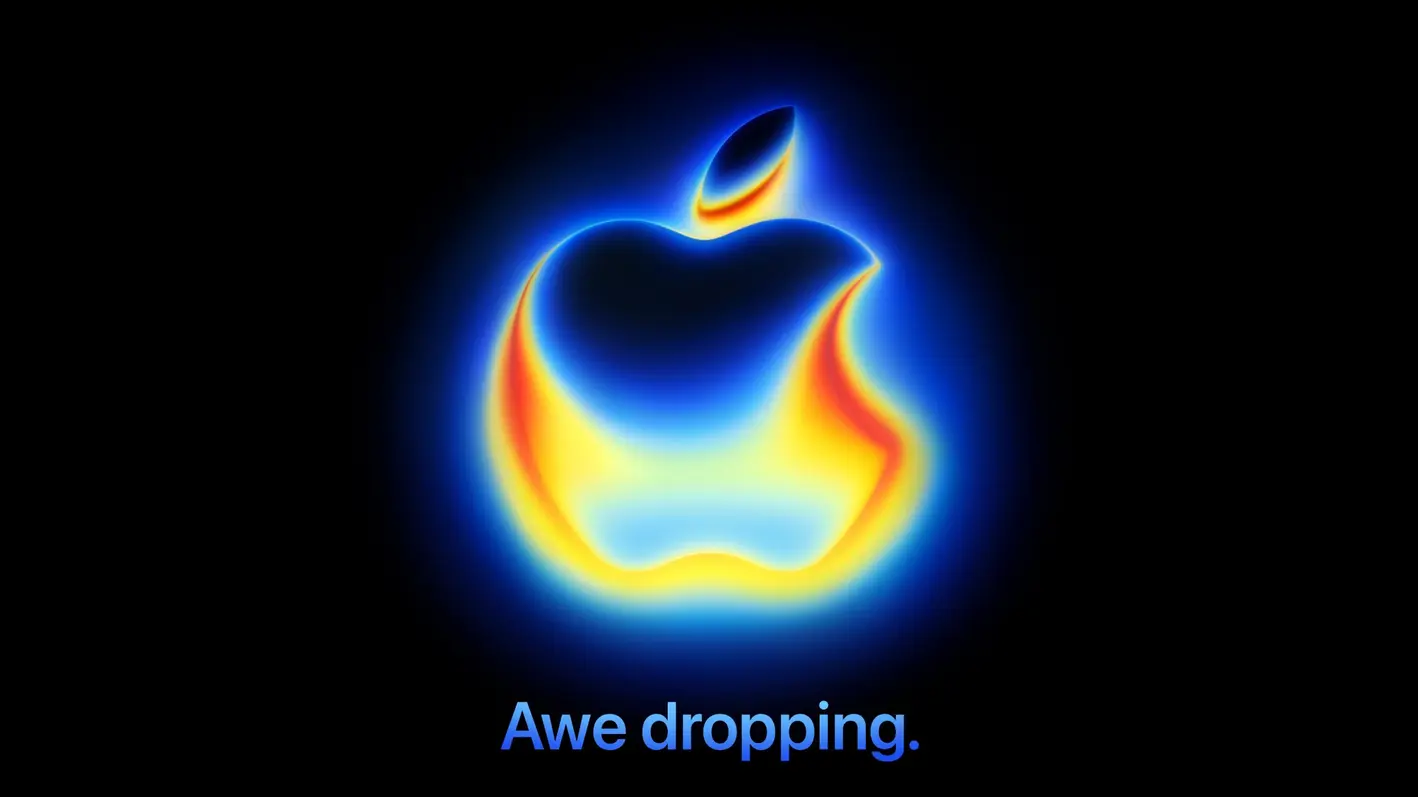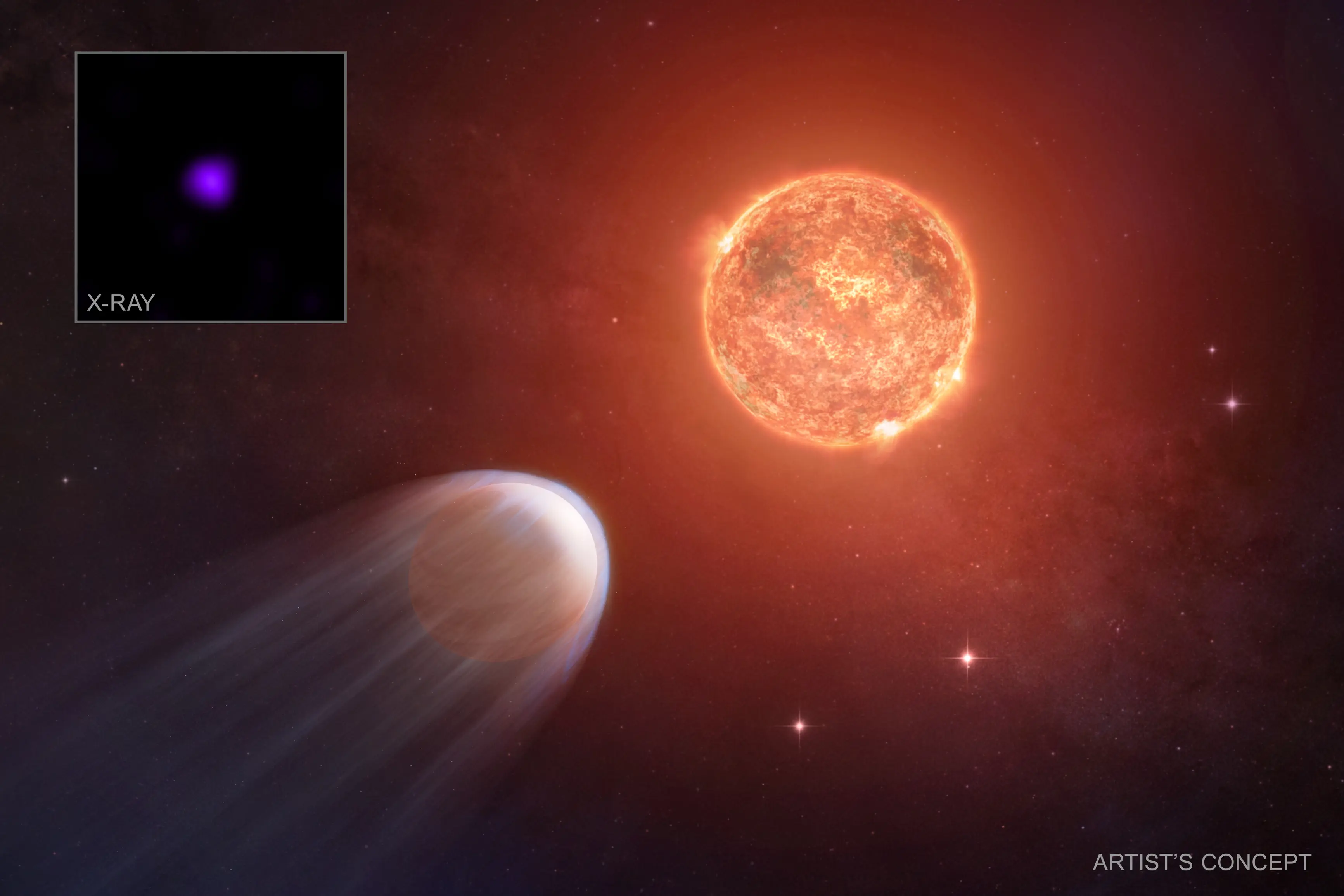T4K3.news
New research reveals larger sizes for many exoplanets
UC Irvine astronomers found over 200 exoplanets are likely much bigger than previously estimated.

New findings from UC Irvine suggest many exoplanets are larger than previously measured, reshaping our understanding.
Revised size estimates for over 200 exoplanets offer new insights
Astronomers at the University of California, Irvine found that over 200 known exoplanets are likely much larger than earlier estimates suggested. The study published in the Astrophysical Journal Letters highlights that light contamination from nearby stars can lead to underestimations of exoplanet sizes. By analyzing NASA’s Transiting Exoplanet Survey Satellite observations, lead author Te Han and his team discovered that many planets thought to be rocky may actually be water worlds or even larger gaseous planets, thus altering the prospects for finding Earth-like worlds and potential extraterrestrial life. "This shifts our understanding of exoplanets on a large scale," Han noted.
Key Takeaways
"We found that hundreds of exoplanets are larger than they appear."
Te Han's research reveals significant insights into exoplanet sizes.
"This has important implications for our understanding of exoplanets."
Paul Robertson emphasizes the broader impact of the findings on exoplanet research.
The revised measurements of exoplanet sizes present profound implications for astrophysics and the search for life beyond Earth. If many of these planets are actually larger and potentially covered by oceans, it complicates our criteria for habitability and may necessitate revisiting previously discarded candidates. As Han's research suggests, this shift could directly influence which planets astronomers choose to explore further, particularly with upcoming missions like the James Webb Space Telescope. Increased emphasis on these larger planets raises questions about our existing methods of measurement and their accuracy, demanding a reassessment of how we classify other celestial bodies in our explorations of the universe.
Highlights
- New measurements could redefine our search for life in space.
- Hundreds of exoplanets are larger than we thought.
- What if our definitions of habitable planets were all wrong?
- Size matters: these exoplanets could hold water, not just rocks.
Potential implications for planetary habitability
The revised sizes change our understanding of exoplanet classification, impacting future searches for life. Scientists may need to reconsider which planets are targeted in research.
As astronomers probe deeper into space, new methods will be crucial in refining our understanding of distant worlds.
Enjoyed this? Let your friends know!
Related News

'Hung smile' meme captures attention on social media

Apple announces iPhone 17 lineup and AirPods Pro 3

Chandra Observes Rapid Atmosphere Loss on Exoplanet

New dark matter detector goes underground

New MRI test predicts biological aging and health risks

New fossil discovery changes views on early dinosaurs

Prochlorococcus at risk from warming

New Study Links Psychiatric Medications to Gut Changes
